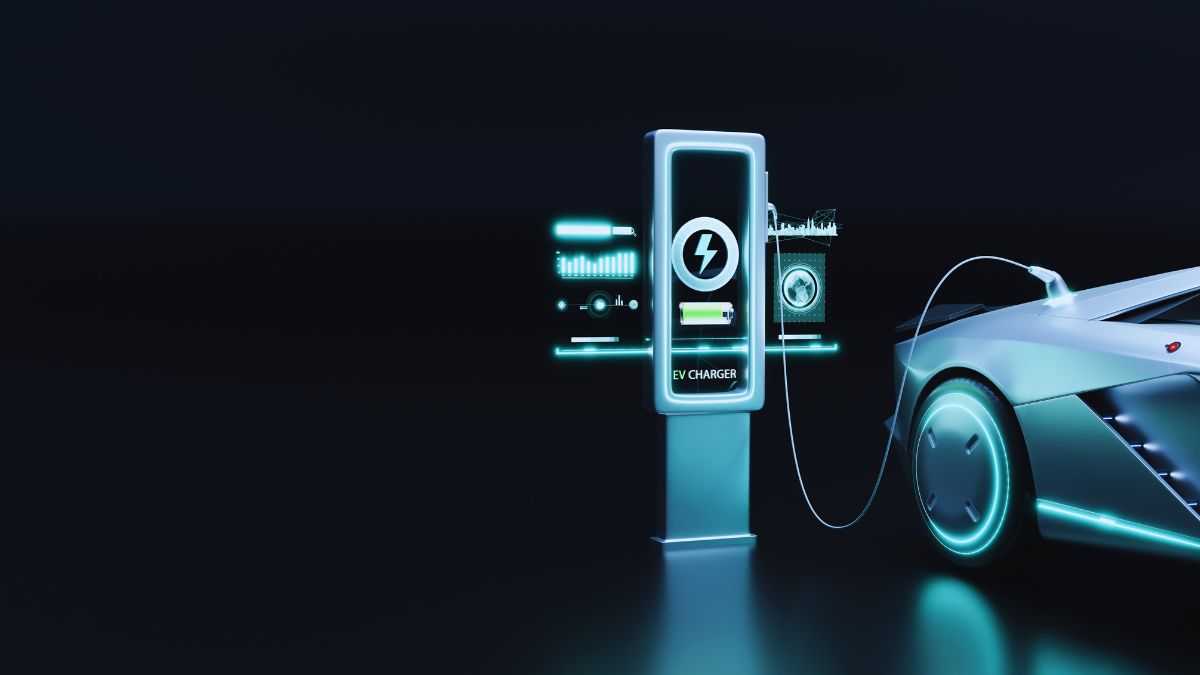Switching to electric vehicles is a great step towards sustainability and cost savings. However, making sure your fleet stays charged and ready to go requires some planning and strategy. Here are some helpful tips to help you manage your EV fleet’s charging effectively.
For more tips on managing your fleet and other business insurance needs, visit Bluedrop Services. We work with a wide range of leading insurance providers, allowing us to find you the best fleet insurance quote on policy tailored to your needs.
1. Understand your fleet’s routine
Before installing any charging stations, figure out your fleet’s daily habits. Do your vehicles return to a central depot, or do drivers take them home? Understanding these patterns helps you decide where to set up your charging stations. For instance, home chargers are great if drivers park their EV at home, while depot charging works well if vehicles return to a central location.
2. Choose the right charging locations
Choosing the right charging locations for your EV fleet is important for efficiency and convenience. Here’s a quick guide to help you decide the best spots for your chargers:
- Home charging: If drivers park their EVs at home, installing home chargers can be convenient. Vehicles can charge overnight, ready for the next day’s work. Just make sure drivers have off-street parking and, if renting, landlord permission.
- Workplace charging: Setting up chargers at the workplace is ideal for fleets that come back during the day. Vehicles can charge during work hours, minimising downtime.
- Depot charging: If your fleet operates from a central depot, having multiple charging stations there can be very efficient. Schedule charging during off-peak hours to save on electricity costs.
- Public charging: While not ideal as a primary solution, public chargers can be very useful for long trips or emergencies.
3. Optimise charging schedules
To keep costs low, and if it is possible to, charge your vehicles during off-peak hours when electricity rates are cheaper. Smart charging systems can help you automate this process, ensuring vehicles charge at the most economical times.
4. Invest in the right EV charging infrastructure
When installing electric vehicle chargers at your workplace, you have three options:
- Slow chargers: Take 6–12 hours to fully charge an EV, suitable for overnight charging.
- Fast chargers: Typically found on public streets or commercial sites, and take about half the time of slow chargers.
- Rapid chargers: These chargers are really fast and great for quick turnarounds but are more expensive, so use them wisely. Charge an EV to 80% in 30–50 minutes, ideal for pure-electric models and long-distance travel needs but not suitable for all vehicles.
The best choice depends on your fleet’s vehicles and operations. If vehicles return to the depot at night, fast chargers are ideal. For quick stops, consider rapid chargers.
5. Manage costs effectively
When installing EV chargers for your fleet, take advantage of available grants to help with costs. In the UK, the Workplace Charging Scheme (WCS) by OZEV can save you up to £14,000 on charging points and installation. This scheme covers 75% of the costs for up to 40 chargers, capped at £350 per unit. To qualify, you need to be a registered business, charity or public sector organisation and show a clear need for EV chargers. Taking advantage of these incentives can make transitioning to an EV fleet much more affordable.
6. Use fleet management software
Using fleet management software can make a big difference in keeping your EV chargers in top condition. This software gives you real-time insights into vehicle status, charging levels and energy usage, which helps you stay on top of your EV fleet’s needs. It can alert you to potential problems before they become major ones, so you can take care of them in time. Plus, it helps you identify which chargers are used most often, so you know where to focus your attention.
7. Charging point maintenance
Keeping your EV chargers in great condition is key to maintaining an efficient fleet. Start by performing regular inspections yourself, even if your manufacturer provides routine checks. Look for any signs of wear or damage before each use, and keep your charging points clean to avoid dirt buildup, which can affect their performance. Although chargers are water-resistant, ensure the connectors stay dry. By dedicating a bit of time to these simple tasks, you can prevent issues and keep your fleet moving smoothly.
8. Enjoy the benefits
Switching to an EV fleet can significantly reduce your company’s carbon footprint and operational costs. Plus, EVs are a more predictable and often cheaper option than traditional fuel vehicles.
With these tips, you can keep your EV fleet charged and ready to roll, opening up a greener and more economical future for your business.


